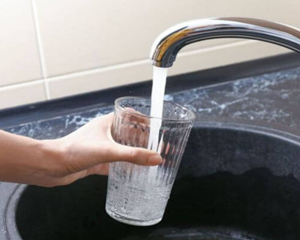In 1974, Congress passed the Safe Drinking Water Act, which gave the Environmental Protection Agency (EPA) the authority to regulate public tap water.

The EWG maintains their own tap water database where they set much stricter limits than the EPA, based on what they consider to be safe for human health.











